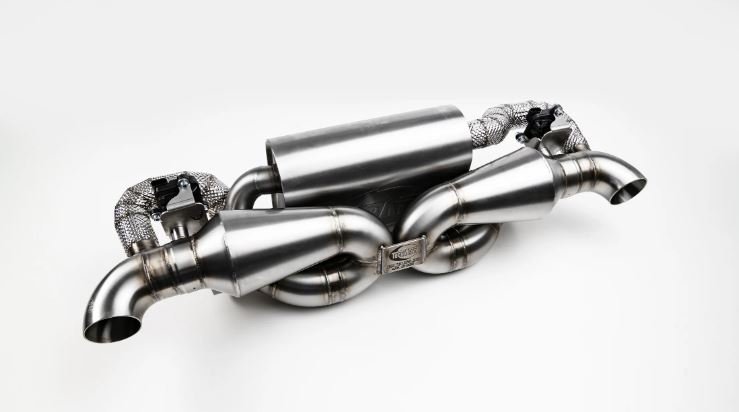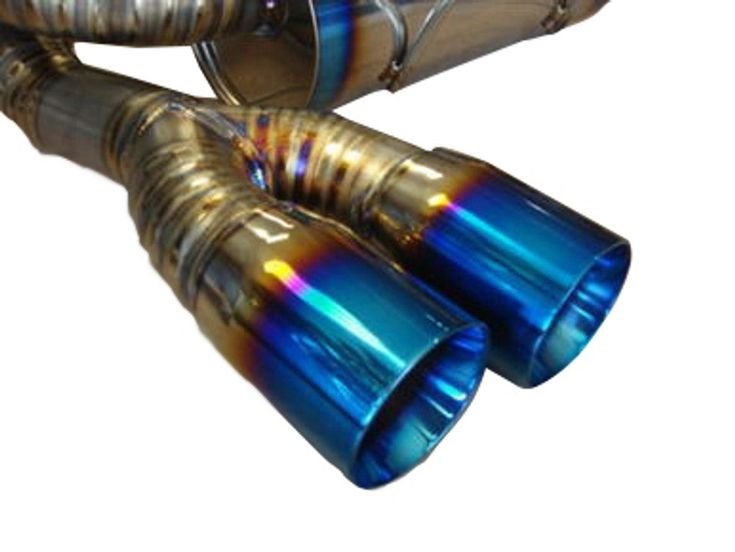Turbo exhaust systems play a crucial role in maximizing a vehicle’s performance and efficiency. Understanding how these systems work and their benefits can help you make an informed decision when upgrading or maintaining your vehicle. This guide explores the components, benefits, and considerations of turbo exhaust systems, providing essential knowledge for enthusiasts and everyday drivers alike.

1. What Is a Turbo Exhaust System?
A turbo exhaust system is designed to work in conjunction with a turbocharger, which increases an engine’s power output by forcing more air into the combustion chamber. The exhaust system is crucial in this process, as it efficiently expels exhaust gases, reducing backpressure and enhancing the turbocharger’s performance.
2. Components of a Turbo Exhaust System
Turbo exhaust systems consist of several key components, including the turbocharger itself, downpipes, catalytic converters, and mufflers. Each component plays a specific role in managing exhaust flow and optimizing performance. Understanding these components helps in selecting the right system for your vehicle.
3. Performance Benefits
Turbo exhaust systems offer significant performance benefits. By reducing backpressure and increasing airflow, these systems allow the turbocharger to operate more efficiently. This results in increased horsepower and torque, providing a noticeable boost in acceleration and overall engine performance.
4. Heat Management
Effective heat management is essential in turbo exhaust systems. Turbochargers generate substantial heat, and the exhaust system must dissipate this heat to prevent damage and maintain performance. High-quality materials and thermal coatings are often used to enhance heat resistance and durability.
5. Material Considerations
Materials play a crucial role in the performance and longevity of turbo exhaust systems. Stainless steel is a popular choice due to its durability and resistance to corrosion. Titanium is another option, offering superior strength and weight reduction, although it is typically more expensive. Selecting the right material balances cost, performance, and longevity.
6. Sound Quality
Turbo exhaust systems can significantly alter a vehicle’s sound profile. Many enthusiasts prefer the deep, aggressive tone that turbo systems produce. However, sound quality varies based on the design and components used, allowing for customization to match personal preferences.
7. Installation and Compatibility
Installing a turbo exhaust system can be complex, often requiring professional assistance. Ensuring compatibility with your vehicle’s make and model is crucial for optimal performance. Many manufacturers offer bolt-on systems designed for specific vehicles, simplifying the installation process.
8. Cost and Value
The cost of turbo exhaust systems varies widely based on materials, design, and brand. While these systems can be expensive, the performance gains and longevity often justify the investment. It’s important to consider both upfront costs and long-term value when selecting a turbo exhaust system.
9. Maintenance Tips
Regular maintenance is vital to keep your turbo exhaust system performing at its best. Routine inspections for leaks, corrosion, and damage help prevent major issues. Cleaning the system and ensuring proper fitment of all components also contribute to its longevity and performance.
10. Conclusion
Turbo exhaust systems offer substantial benefits in terms of performance, heat management, and sound quality. Understanding the components, materials, and installation requirements helps you make an informed decision when upgrading or maintaining your vehicle. With proper maintenance and the right selection, a turbo exhaust system can significantly enhance your driving experience
Discover the Thrills of Online Gaming
As more people explore various entertainment options, online gaming has become an exciting way to enjoy time at home. For those interested in top-quality gaming experiences, the selection of platforms is vast and continuously evolving. If you’re looking for a reliable and exciting experience, you can check out the best sites available for gamers in Australia, such as those featured in online casino australia. These platforms offer a variety of games that cater to all levels of experience, ensuring there’s something for everyone.




